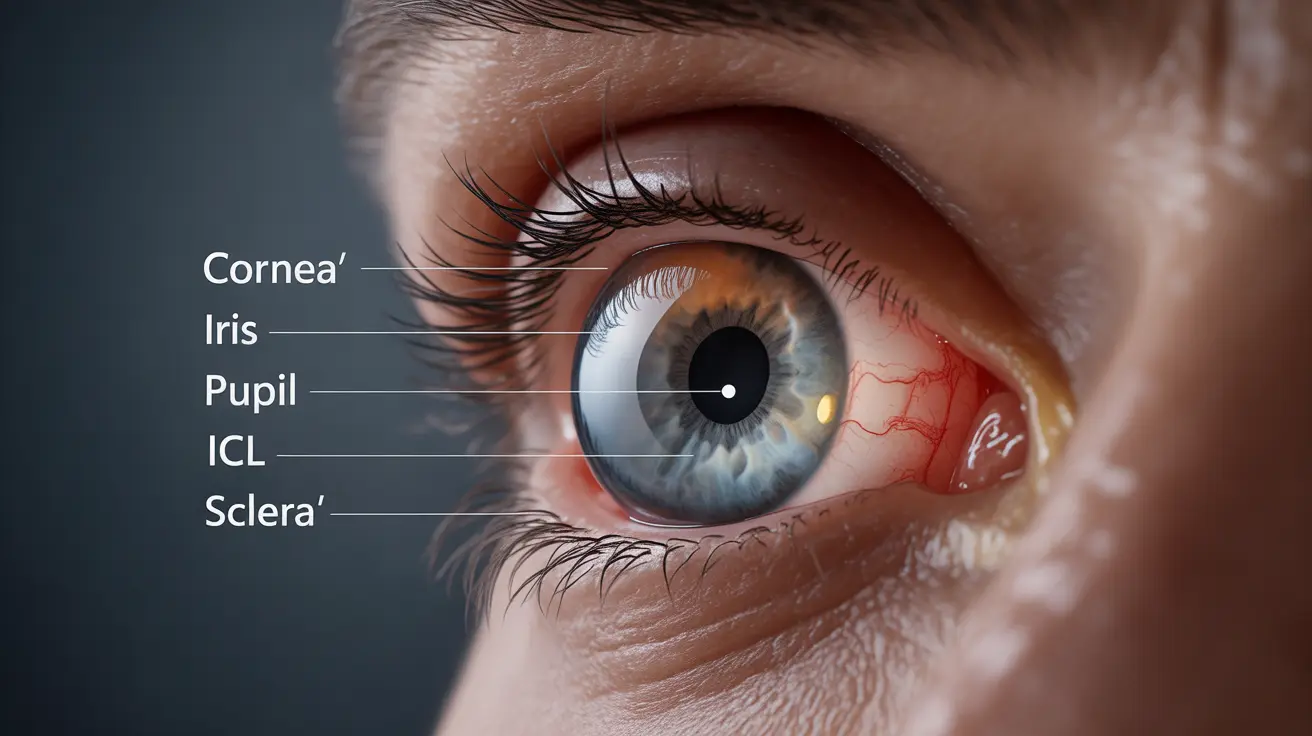Implantable Collamer Lens (ICL) surgery has become an increasingly popular alternative to LASIK for vision correction. While generally safe and effective, it's crucial to understand the potential side effects and complications that can occur during and after the procedure. This comprehensive guide will help you make an informed decision about ICL surgery by exploring its various side effects and risk management strategies.
Common Side Effects After ICL Surgery
Most patients experience several temporary side effects in the days and weeks following ICL surgery. These effects are typically mild and resolve on their own with proper care:
- Light sensitivity
- Mild eye discomfort or irritation
- Slight blurry vision
- Minor glare or halos around lights
- Dry eyes
- Mild redness
These initial side effects usually improve significantly within the first week and continue to diminish over the following month. However, some patients may experience certain effects, particularly night vision symptoms, for a longer period while their eyes fully adjust to the implanted lens.
Serious Complications to Consider
Infection Risk
While rare, infection is one of the most serious potential complications of ICL surgery. Signs of infection may include:
- Severe eye pain
- Increased redness
- Yellow or green discharge
- Decreased vision
- Increased light sensitivity
Prompt medical attention is essential if any of these symptoms develop, as early treatment is crucial for preventing vision-threatening complications.
Intraocular Pressure Changes
Some patients experience elevated eye pressure following ICL surgery. This condition requires careful monitoring and management, as sustained high pressure can lead to glaucoma. Your surgeon will typically schedule regular follow-up appointments to check your eye pressure, especially in the first few weeks after surgery.
Long-Term Considerations
Cataract Development
There is a small risk of developing cataracts after ICL surgery, particularly if the lens is positioned too close to your natural lens. Modern ICL designs and precise surgical techniques have significantly reduced this risk, but it remains an important consideration for potential patients.
Lens Position and Stability
In rare cases, the implanted lens may shift from its intended position. This can cause vision changes and may require additional surgery to reposition or replace the lens. Regular check-ups help ensure the lens remains properly positioned and functioning as intended.
Risk Reduction and Recovery Guidelines
Following these essential guidelines can help minimize complications after ICL surgery:
- Follow all prescribed medication schedules
- Attend all follow-up appointments
- Avoid rubbing your eyes
- Wear protective eyewear as directed
- Keep water out of your eyes while showering
- Avoid strenuous activity for the recommended period
- Use artificial tears as prescribed
Frequently Asked Questions
What are the common side effects of ICL surgery and how long do they usually last? Most patients experience temporary light sensitivity, mild discomfort, and slight vision fluctuations for 1-2 weeks after surgery. These effects typically resolve completely within 1-3 months.
What serious risks like infection or increased eye pressure should I be aware of before ICL surgery? While rare, serious risks include eye infection, elevated intraocular pressure, and potential damage to the natural lens. These complications occur in less than 1% of cases but require immediate medical attention if suspected.
Can ICL surgery cause cataracts or glaucoma, and how are these complications managed? There is a small risk of cataract development, particularly if the ICL is positioned too close to the natural lens. Glaucoma risk is primarily related to pressure changes and is managed through careful monitoring and medication when necessary.
How often does the implanted lens shift position, and what happens if it does? Lens displacement occurs in less than 1% of cases. If detected, surgical repositioning may be necessary. Regular follow-up appointments help ensure proper lens positioning.
What steps can I take to reduce the risk of complications after ICL surgery? Following post-operative instructions carefully, attending all follow-up appointments, using prescribed medications, avoiding eye rubbing, and protecting your eyes during recovery are essential steps for minimizing complications.




